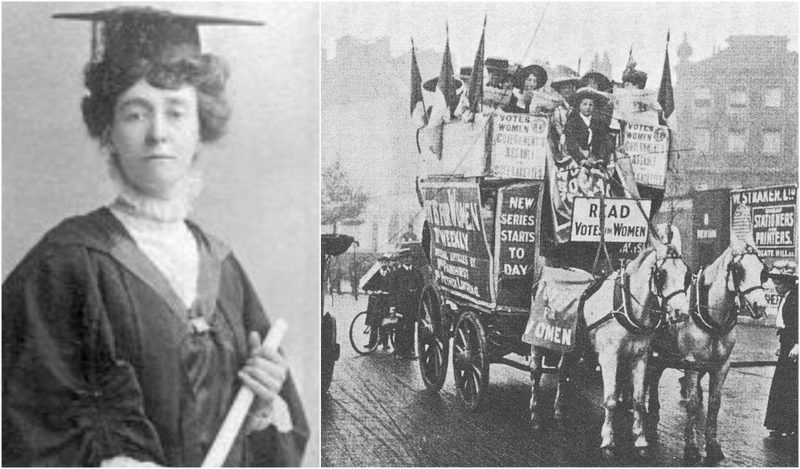Emily Wilding Davison was an influential British suffragette in the early twentieth century. She was born in South East London, in 1872. She believed that the state was classing women as second-rate citizens and protested against it. Davison’s protests were extreme, leading to her imprisonment nine times. Being imprisoned couldn’t stop her from protesting; she went on a hunger strike each time she was in jail. In response, she was force-fed 49 times, and once, she was awarded forty shillings compensation after she took the case of her treatment to court.
Davison attended Kensington High School (now Kensington Preparatory School) and won a scholarship to Royal Holloway College in 1891 to study literature. Unfortunately, she remained there only for a year due to her father’s death and her mother’s low financial incomes. Later she was accepted at St. Hugh’s College, a part of the University of Oxford. Even though she obtained first-class honors in her final exams, Emily didn’t earn a degree because at the time women weren’t allowed to graduate from Oxford.
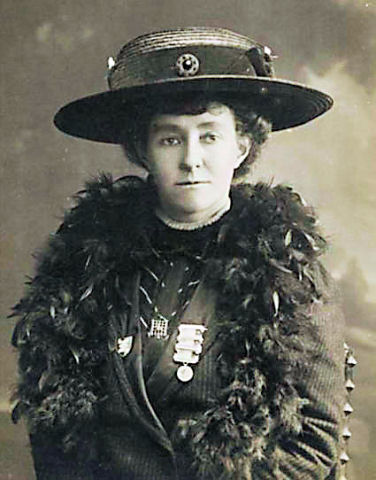
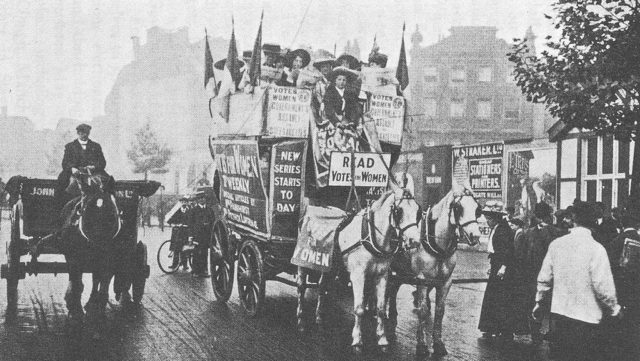
Facing a real hard time as an intellectual and academic, Davison became a “hard-core” suffragette and fought against society’s views of women and their opportunities. In 1906, she joined the Women’s Social and Political Unit (WSPU), founded by Emmeline Pankhurst and soon became one of the most radical members. She even quit her teaching job to dedicate herself to the cause.
She managed to hide in the air ducts within the House of Commons just so that she could listen to the Parliament. The woman couldn’t be more dedicated. She did this not once, but three times. The woman also couldn’t be more rebellious. She even threw metal balls labeled “bomb” through windows. In the period of four years, Davison was imprisoned seven times.
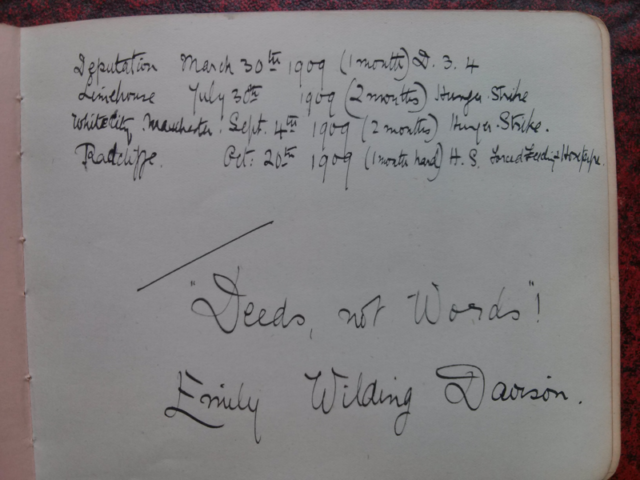
In 1909, Davison was jailed twice. Both times she went on hunger strike and her time in prison lasted two months. But she continued to go back to prison. The third time, she was imprisoned for throwing rocks at the Chancellor of the Exchequer’s car. Each of the rocks had been wrapped in a paper signed with the slogan “Rebellion against tyrants is obedience to God.” Davison went on hunger strike again only this time she was force fed rather than being released. But she didn’t hold still. She barricaded herself in her room, and an officer flooded the cell causing her to nearly drown. She was too stubborn to give up and ready to die for her beliefs. It was at this time that she took the prison guards’ treatment to court and was awarded compensation.
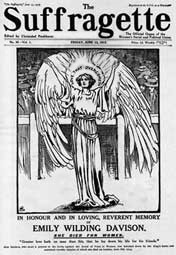
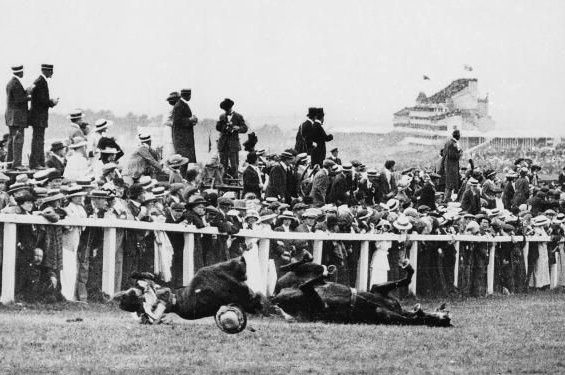
In 1912, Emily got ten months in jail for setting fire to London post boxes. Once again she protested with hunger, once again she was force fed, and once again she was willing to die for the cause. This time Davison threw herself from the balcony. Later she stated: “I did it deliberately, and with all my power because I felt that by nothing but the sacrifice of human life would the nation be brought to realize the horrible torture our women face. If I had succeeded, I am sure that forcible feeding could not in all conscience have been resorted to again.”
Davison realized that she couldn’t do raise more attention from inside the prison. So in 1913, she went to the Epsom Derby followed by thousands of people, among whom were King George V and Queen Mary. The King’s horse, Anmer, was one of the runners in that year’s Derby. Her aim was to reach her most famous moment of protest by throwing herself in front of the King’s horse. And so she did. Davison managed to push herself from the crowd and get in the way of the race. It was impossible for Anmer not to thunder into her.
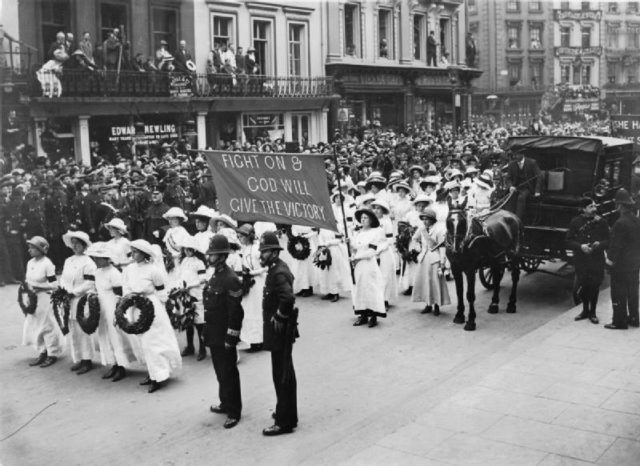
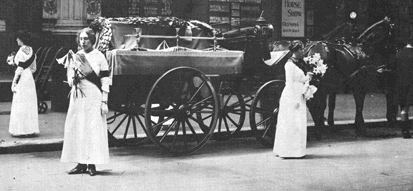
Four days later Davison died of fractured skull and internal injuries caused by the derby incident. Her funeral was organized by the Women’s Social and Political Union, with thousands of suffragettes accompanying the coffin and tens of thousands of people lining the streets of London.
Read another story from us: Marching for a vote: photos show suffragettes on Suffrage Parade in 1913
After a service in Bloomsbury, her coffin was taken by train to the family plot in Morpeth, Northumberland.
